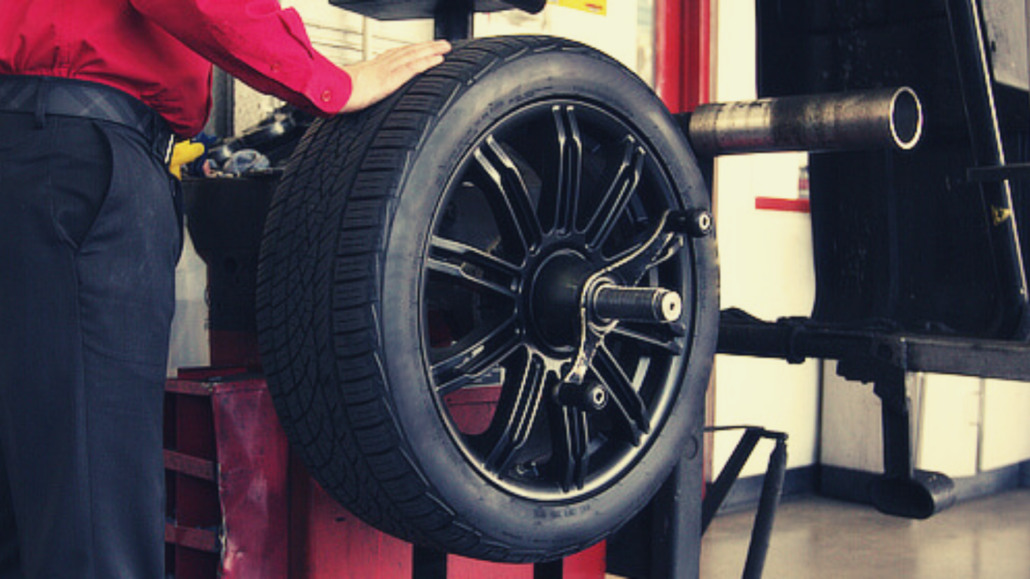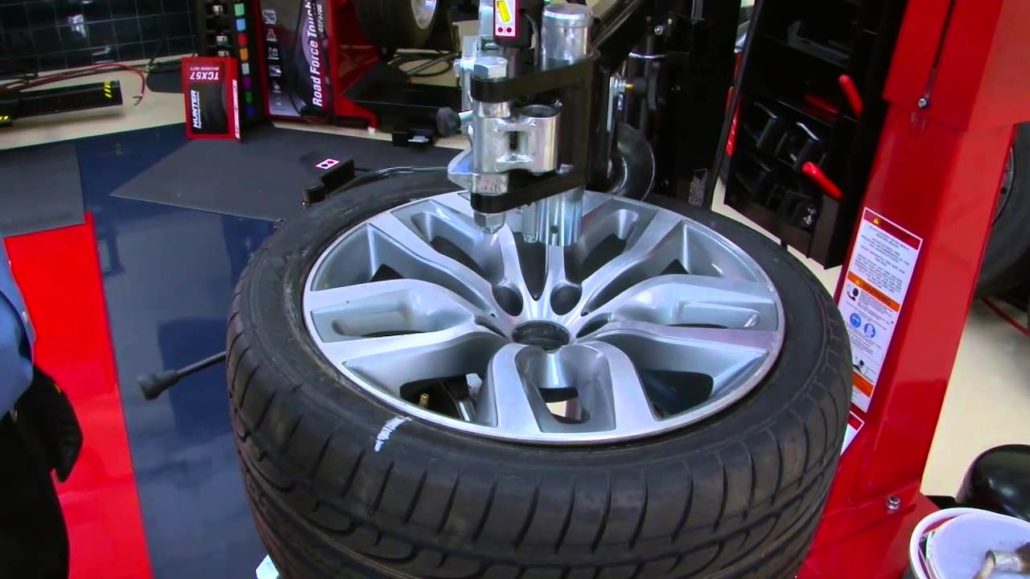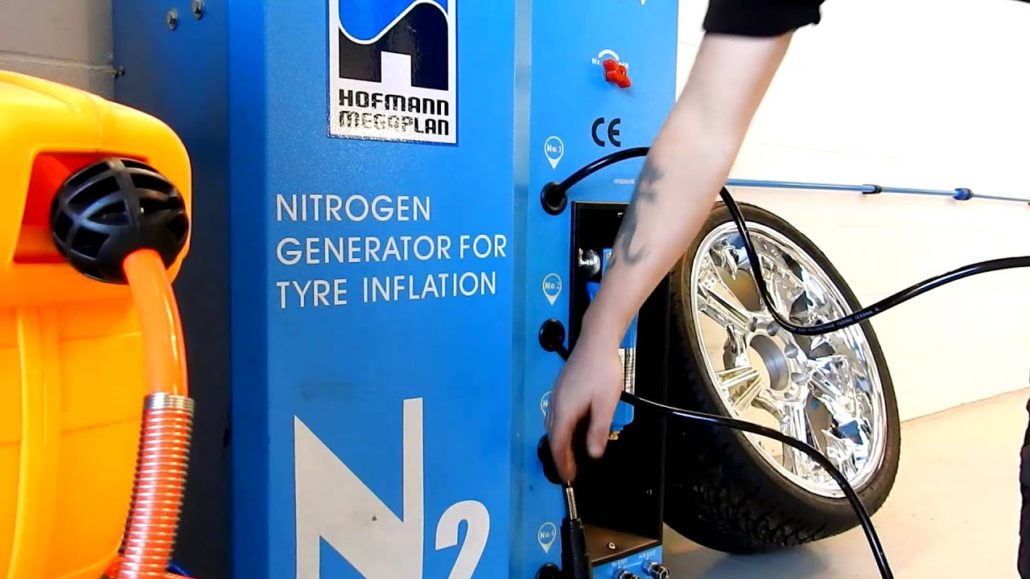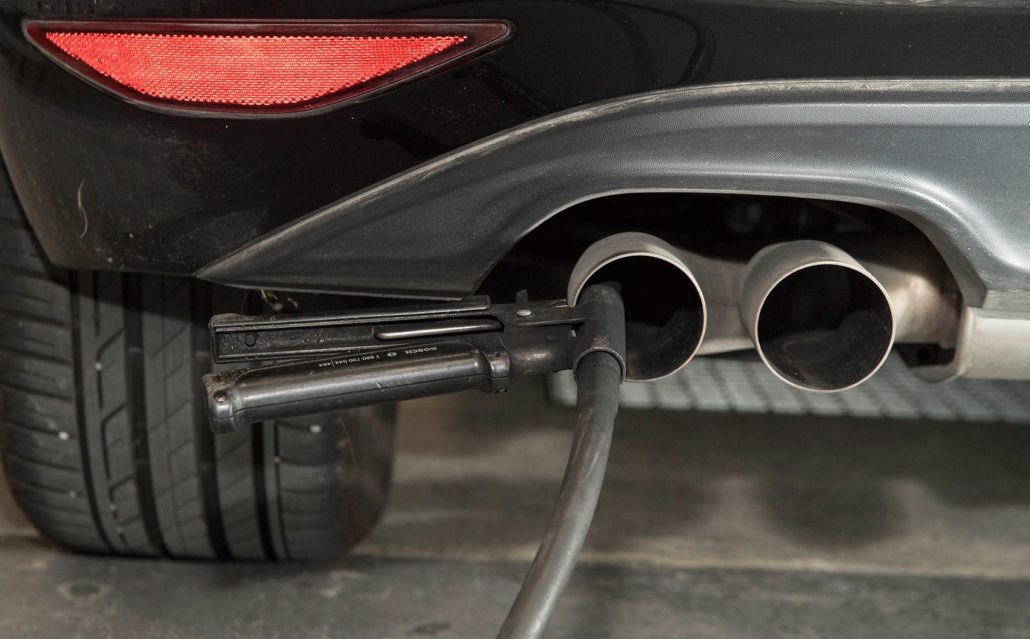Services
Wheel Alignment
Wheel alignment, sometimes referred to as breaking or tracking, is part of standard automobile maintenance that consists of adjusting the angles of wheels to the car manufacturer specifications. The purpose of these adjustments is to reduce tire wear, and to ensure that vehicle travel is straight and true (without “pulling” to one side). Alignment angles can also be altered beyond the maker’s specifications to obtain a specific handling characteristic. Motorsport and off-road applications may call for angles to be adjusted well beyond “normal”, for a variety of reasons.
An increasing number of modern vehicles have advanced driver assistance systems (ADAS) such as electronic stability control, anti-lock brakes, lane departure warning, adaptive cruise control and traction control. These systems can be affected by mechanical alignment adjustments. This has led many manufacturers to require electronic resets for these systems after a mechanical alignment is performed
Wheel Balancing
Wheel balancing—also known as tire balancing—is the process of equalizing the weight of the combined tire and wheel assembly so that it spins smoothly at high speed. Balancing involves putting the wheel/tire assembly on a balancer, which centers the wheel and spins it to determine where the weights should go.
In essence, wheels and tires are never exactly the same weight all around. The wheel’s valve stem hole will usually subtract a small amount of weight from one side of the wheel. Tires will also have slight weight imbalances, whether from the joining point of the cap plies or simply from a slight deviation in the shape of the wheel. At high speeds, a tiny imbalance in weight can easily become a large imbalance in centrifugal force, causing the wheel/tire assembly to spin with a kind of “galumphing” motion. This usually translates into a vibration in the car as well as some very irregular and damaging wear on the tires.
Tyre Changer
A tire changer is a machine used to help tire technicians dismount and mount tires with automobile wheels. After the wheel and tire assembly are removed from the automobile, the tire changer has all the components necessary to remove and replace the tire from the wheel.
Different tire changers allow technicians to replace tires on automobiles, motorcycles and heavy-duty trucks. New tire and wheel technology has improved certain tire changers to be able to change a low profile tire or a run-flat tire.
Nitrogen Filling
Nitrogen is chemically a non-flammable, non-toxic inert gas. An inert gas does not fuse with any other gas at any temperature. This basic nature of nitrogen first of all helps in keeping minimum moisture in the tyres. The basic idea of Nitrogen gas is that it is cooler than compressed air and therefore is useful in any driving conditions. Why? A cooler tyre means that the stress levels on the tyre while moving are lesser. The tread wear and tear is also lesser due to the lesser temperature.
Higher temperature in tyres also has a tendency to burst after long hours of running. Nitrogen reduces the chances of tyre burst by 90%. This can prove to be a lifesaver while on the highway where long hours and high speed, both pose a threat to the car and its passengers.
Govt Approved Pollution Testing
Global Tyres is Offering Pollution testing service for all cars. The smoke emitted from vehicles, if left unchecked, could pollute the environment to a great extent.
PUC is a certification mark that is provided to vehicles that undergo the PUC Test successfully. The certification indicates that the vehicle’s emissions are in alignment with standard pollution norms and are not harmful to the environment.
All vehicles on Indian roads are mandated to carry a valid PUC certification





